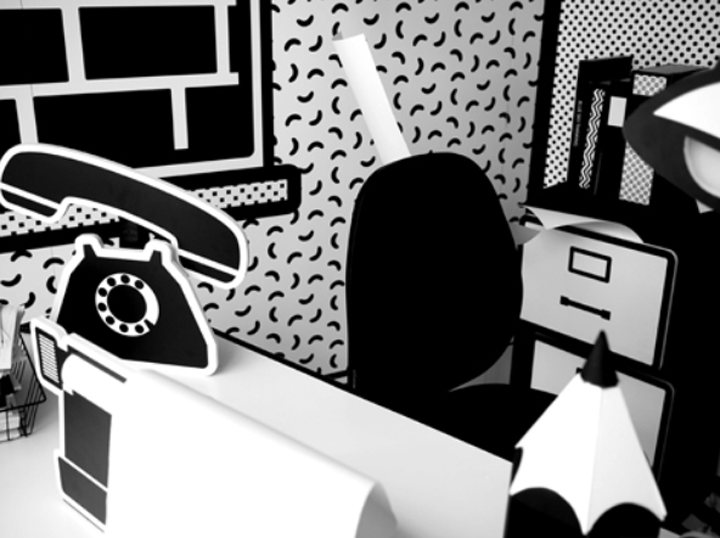We firmly
believe that creativity breeds creativity, and when it comes to the working
environment, people are affected by their workspace far more than they may
realise. As most of us spend more waking hours in the workplace than anywhere
else, we should be making our office spaces as inviting as possible.
It seems daft
then that so many offices are boring, drab environments, matching grey with
grey. If employers want their workers to remain motivated and productive,
surely they should be creating working spaces to reflect that?
For many,
changing the physical layout of the office just isn't an option, cost being a
major restriction. But there is a simple way to instantly lift the atmosphere
of a space and that is art. Art that looks great, that is interesting and
stimulating, around your office is a great way to inspire creativity within a
workspace.
The
environment around us fundamentally influences how we perform and how we spend
our time. The happier people are in the workplace, the more likely they are to
stay there. People appreciate their employers caring about their wellbeing.
Investing time in creating a stimulating environment, of which art can be a
significant element, is important for employer and employee.
And this
isn't just opinion; research has also shown that staff work 15% more
efficiently in an office decorated with art and plants and when staff decorated
their own office space, productivity increased by 30%.
Bringing art
that reflects your company's brand and culture is a great way to subtly tell
that story to everyone who visits your office. It can be a handy ice breaker in
meetings. It can also add character to companies who perhaps aren't
traditionally viewed as 'fun' industries by bringing the office to life. We
like to add art that has relevance to the buildings and surroundings, which may
draw from local historic landmarks, produce or the local sporting teams.
Colour is
also important in creating the desired feel within a space. If chosen
purposefully it can help to influence mood and behaviour. A piece of art is a
way to even more powerfully encourage a specific emotional state. Art shouldn't
be something that is confined to a gallery it should be something that we
welcome into our daily lives to inspire creativity. What better time to come
into contact with art than when we are trying to be productive and come up with
new ideas at work.
As well as
designing new offices we are increasingly being asked to freshen up uninspiring
workplaces. With in-house artists and photographers Hi design are more than
experienced to help you achieve a stimulating office environment. Get in touch
to see if we can help you.














































.jpeg)